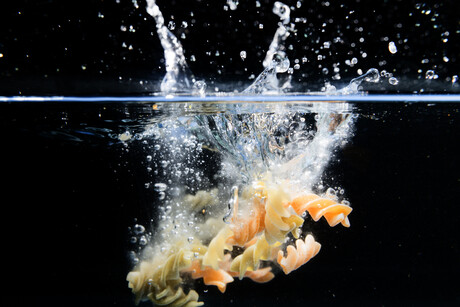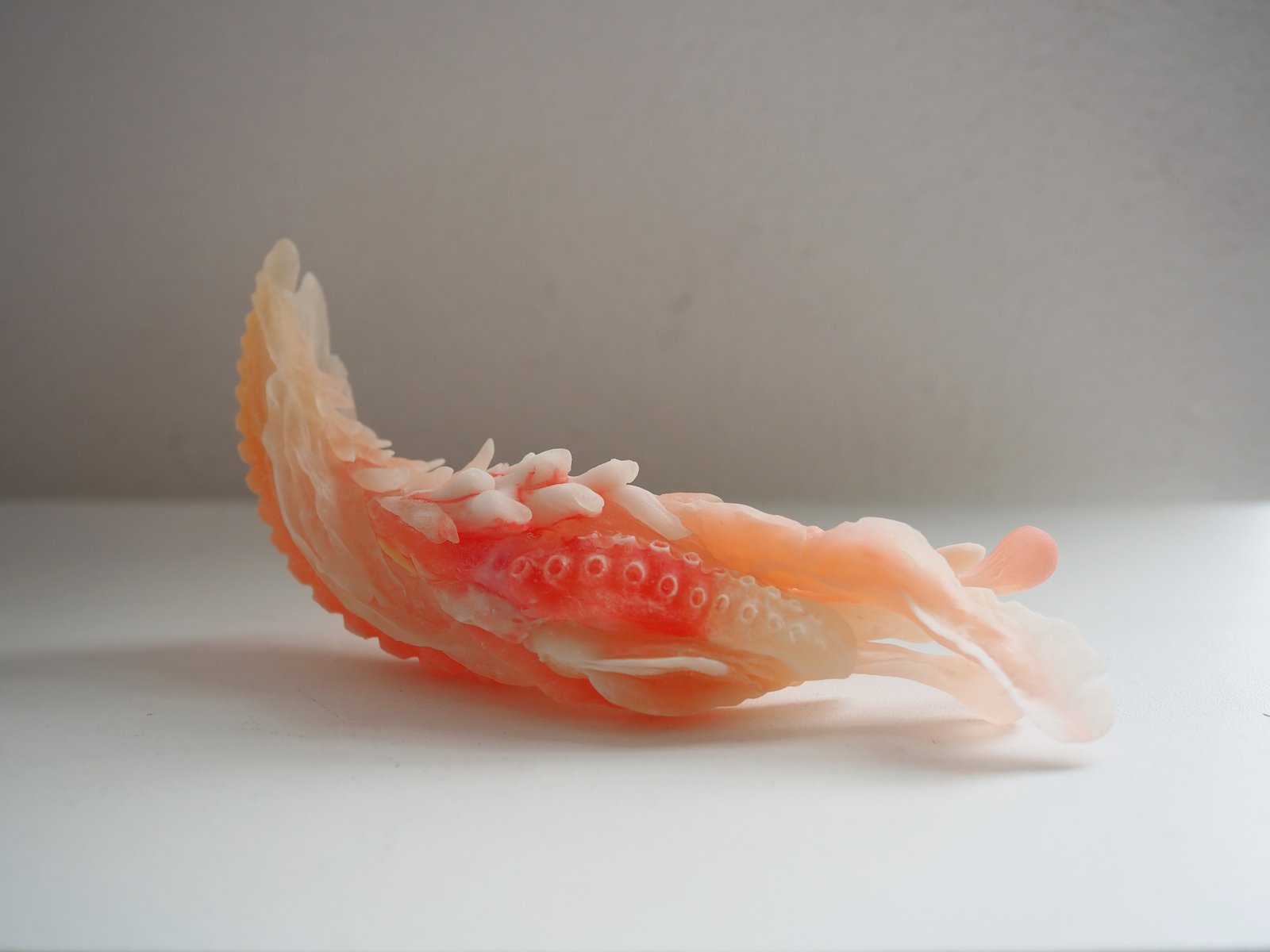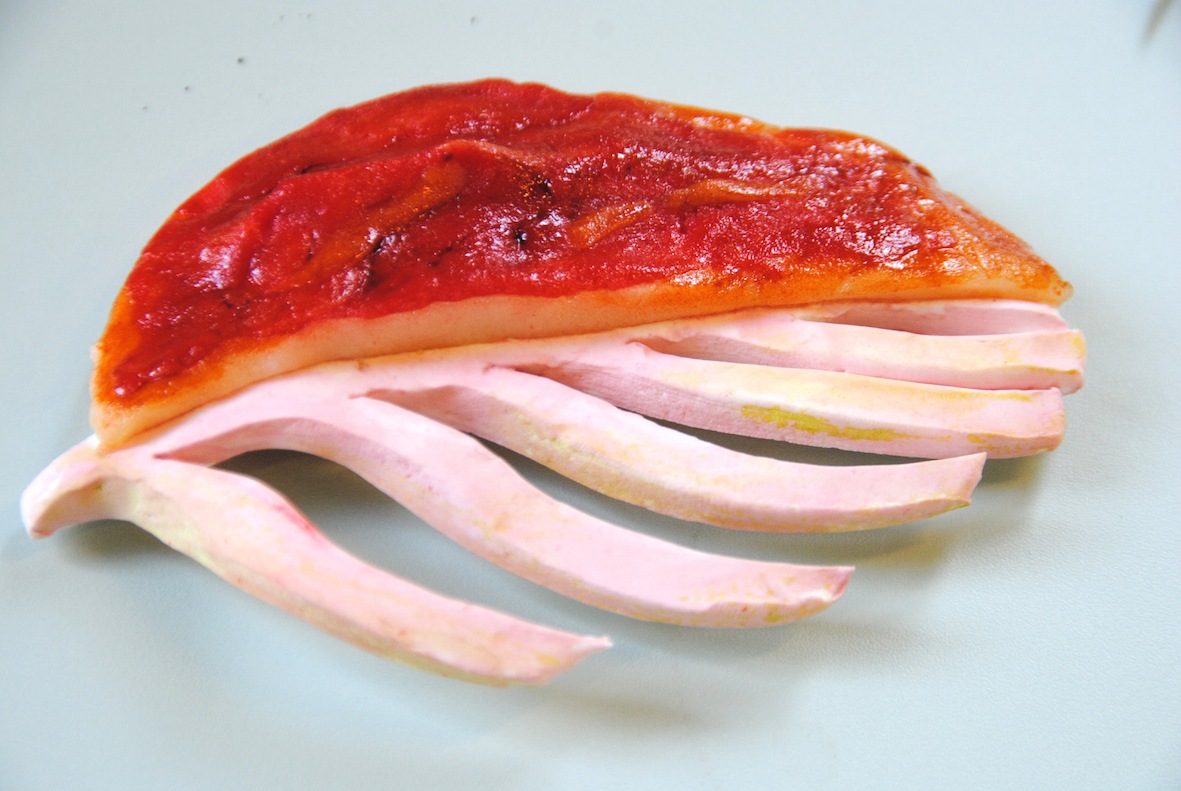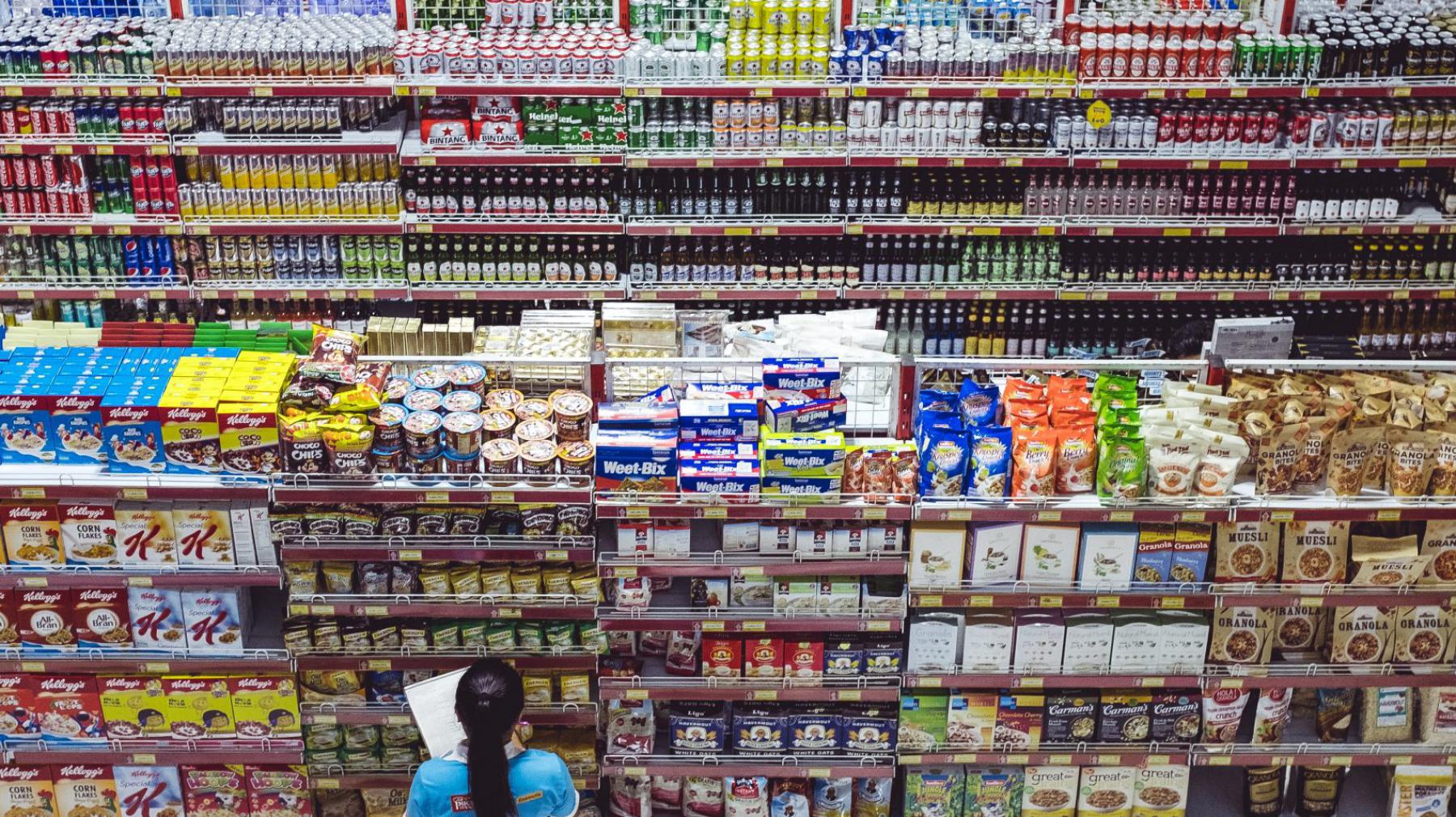What will the supermarket of the future look like? And what kind of food will you be able to buy there? That is what the Embassy of Food is researching. The production and consumption of food will change, the curator of the Embassy, Chloé Rutzerveld, is convinced of that. We will have to discover in the coming years exactly how these changes will take shape. Food designers and innovators play a crucial role in this.
There are already many good projects to make food more sustainable and healthier or implement new technologies in society. But all too often, these projects lack how to implement them or any elaboration. This is why these solutions, for example, haven’t yet found their way into supermarkets. That’s a shame. That is why the Embassy of Food is developing the supermarket of the future. One can admire this supermarket of the future in the Klokgebouw at Dutch Design Week (DDW).
The future supermarket is designed around seven themes: education, technology, non-food, packaging, health, food waste and protein transition. For example, your fusilli pasta may be sold as flat noodles in the future. The pasta will curl up when you cook it. “That saves packaging material and a lot of space during transport and on the shelf,” says Rutzerveld. This ‘Morphing Pasta’ is an example of a practical application they developed in the Morphing Matter Lab, Carnegie Mellon University.

Rethinking
In addition, food designers and innovators are also thinking about more speculative applications of new technologies. Marije Vogelzang has come up with four fantasy animals in her project Faked Meat. “Currently, plant-based meat substitutes are always a copy of the original, such as a hamburger or a sausage. The original is ‘real’, and the vegetarian or vegan copies are automatically inferior because they are compared to the ‘superiority of real meat. But if we can make any shape out of soy proteins, why don’t we invent new animals? The fantasy animals I created have a habitat, lifestyle, and diet,” explains Vogelzang. These factors influence the design and taste of the meat. It is a piece of storytelling for new, plant-based products. “I think that’s an interesting way to think about the protein transition.”
Biotechnology is also playing an increasingly important role. Kuang-Yi Ku focuses on Traditional Chinese Medicine with his project. In Traditional Chinese Medicine, people believe that certain herbs or parts of exotic animals have a healing effect. “Poachers are now out to catch these animals, but in the future, that may no longer be necessary,” says Rutzerveld. In the project The Tiger Penis, Ku wants to imitate the body parts of exotic animals synthetically.

The mirror
The projects mentioned above are just a small selection of all the projects that have joined the Embassy of Food. “There are so many possibilities. Every designer looks at it from their own perspective, which is what makes exploring new possibilities so interesting,” says the curator. The supermarket of the future is meant to hold up a mirror to people. Not just a mirror to consumers, but also larger companies and governments.
“There is a big difference between what people say and what people end up doing,” she continues. “During previous DDW exhibitions, people were often very enthusiastic about projects related to food. But in the end, they didn’t really take off. Why is that? We find that fascinating.” That is why Rutzerveld and the other curator Annelies Hermsen started an investigation to find out exactly why. For example, we looked at obstacles designers encountered when working out a project and collaborating with other parties. Working together with our partners, including Albert Heijn, Wageningen University & Research and EIT, we’re now figuring out how we can solve these challenges and where we can find more opportunities,” she explains. “Actually, we are looking at the role of the designer in the food system and food transition and how we can fulfil it.”
Radically different
Designers are creatives who dare to think differently. “We can see with partners such as Albert Heijn that the consumer is always taken as the starting point in the food transition. But how long should we continue to pamper consumers?” she wonders.

Future vision
All these questions and thoughts come together in the supermarket of the future. The supermarket is still somewhat “under construction” this year, but a more extensive version will follow next year. “We want many designers and partners to be able to join in planning the interpretation of the supermarket of the future. They can also contribute to a joint vision for the future,” says Rutzerveld. “Perhaps by 2050, there will no longer be a supermarket as we know it today. More often, people are now ordering groceries online. Perhaps the supermarket is a place where you can taste, learn about, and influence the food you ingest. Perhaps we will soon be able to contribute to the growth of our own crops, or we will be able to decide for ourselves which cells are used to make our cultured meat.”
During DDW, the public is encouraged to think. Rutzerveld: “We want to encourage people to think about the food of the future. The supermarket really shows a cross-section of society. That’s why I think it’s such a cool place.”
What will your plate look like in the future? And where will you do your groceries? You can visit The Embassy of Food as part of Dutch Design Week from 16 until 24 October 2021 at the Klokgebouw in Eindhoven. Get tickets.

Share your thoughts and join the technology debate!
Be the first to comment